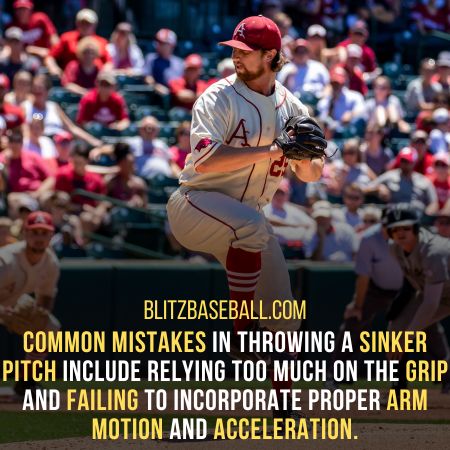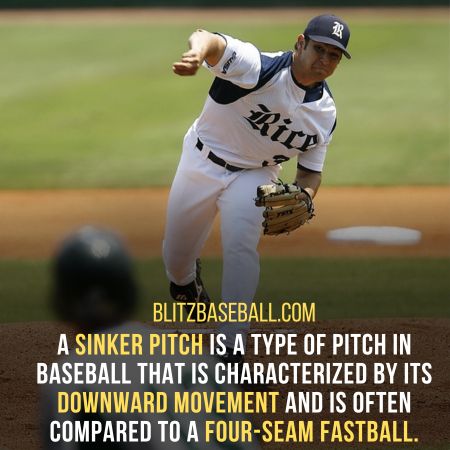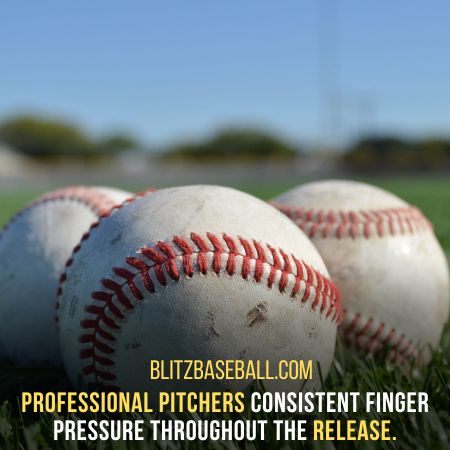The sinker pitch is a crucial weapon in a pitcher’s arsenal, known for its ability to deceive batters and induce ground balls. It is a pitch that moves downward as it approaches the plate, challenging hitters to make solid contact.
In this article, we will delve into the art of how to throw a sinker, learning from the expertise of seasoned coaches. We will explore the science behind the sinking ball, debunking common myths and misconceptions.
From gripping techniques to perfecting finger pressure, we will delve into the intricacies of this pitch.
Tips from professionals will be shared, providing invaluable insights for aspiring pitchers. Additionally, strategies for keeping batters off balance and avoiding predictability will be discussed.
Whether you are a beginner or an experienced pitcher looking to refine your skills, this article will provide you with the knowledge and techniques needed to master the sinker pitch.
Key Takeaways
- Definition of a sinker pitch
- Importance of learning how to throw a sinker pitch
- Gripping practices for a sinker pitch
- Tips from professionals for perfecting the sinker pitch
What is a sinker?
A sinker pitch is a type of pitch in baseball that is characterized by its downward movement, typically resulting in ground balls, and is often compared to a four-seam fastball but not a two-seam fastball.
It is an important pitch for pitchers to master as it can be highly effective in inducing ground ball outs and minimizing home runs. However, mastering the sinker pitch can be challenging as it requires precise finger pressure and grip.

Common mistakes in throwing a sinker pitch include relying too much on the grip and failing to incorporate proper arm motion and acceleration.
It is crucial for pitchers to practice and refine their technique in order to consistently throw an effective sinker pitch.
By doing so, pitchers can increase their chances of inducing ground ball outs and controlling the game.
Gripping and Throwing Techniques
One key aspect of mastering the sinker pitch is understanding the proper grip and throwing techniques.
Grip variations for the sinker pitch include the two-seam grip, where the index and middle fingers are placed along the seams of the ball, and the split-finger grip, where the fingers are spread wider apart on the ball. These grip variations allow for different movements and control of the pitch.
When it comes to throwing the sinker, there are common mistakes to avoid. One mistake is gripping the ball too tightly, which can limit the movement and effectiveness of the pitch.
Another mistake is not applying enough finger pressure on the ball, resulting in a pitch that doesn’t sink as much as desired.
It is important to find the right balance of grip and finger pressure to achieve the desired sinking action.
By mastering the correct grip and avoiding common mistakes, pitchers can effectively throw a sinker pitch and keep batters off balance. Moreover, they can also master a slider pitch.

Tips from Professionals
Professional pitchers, who have mastered the art of throwing a sinker pitch, provide valuable tips and insights that can help aspiring pitchers improve their technique.
One important tip is to focus on perfecting the sinker grip. The grip plays a crucial role in achieving the desired movement and sink of the pitch.
Additionally, the importance of finger pressure cannot be underestimated. Applying the right amount of pressure with the fingers is key to generating the necessary downward movement and sink on the ball.
Professional pitchers emphasize the need for a firm grip and maintaining consistent finger pressure throughout the release.
By practicing and refining these gripping and finger pressure techniques, pitchers can enhance their sinker pitch and become more effective on the mound.

Frequently Asked Questions
Is it possible to throw a sinker pitch with a high velocity?
Yes, it is possible to throw a sinker pitch with high velocity. Techniques for throwing a powerful sinker include using proper finger pressure, accelerating arm motion, and finding the right grip. Practice is also important in perfecting the pitch.
What are some common mistakes that beginners make when learning how to throw a sinker pitch?
Common mistakes beginners make when learning to throw a sinker pitch include improper grip, lack of finger pressure, and incorrect arm motion. Proper grip and finger pressure are essential for generating the desired sinking action.
Can a sinker pitch be effective against both right-handed and left-handed batters?
The sinker pitch can be effective against both right-handed and left-handed batters. Its ability to induce ground balls makes it a versatile pitch that can be used to generate outs against batters from either side of the plate.
How can a pitcher improve their consistency in throwing a sinker pitch?
Improving sinker pitch consistency and developing control can be achieved through consistent practice, focusing on finger pressure and arm motion, and experimenting with different grips. It is essential to maintain focus and relaxation during the pitch.
Are there any specific drills or exercises that can help strengthen the muscles used in throwing a sinker pitch?
Specific exercises and proper grip techniques can help strengthen the muscles used in throwing a sinker pitch. Exercises such as forearm curls, wrist curls, and pronation/supination exercises can target the muscles involved in generating the sinker’s movement.
